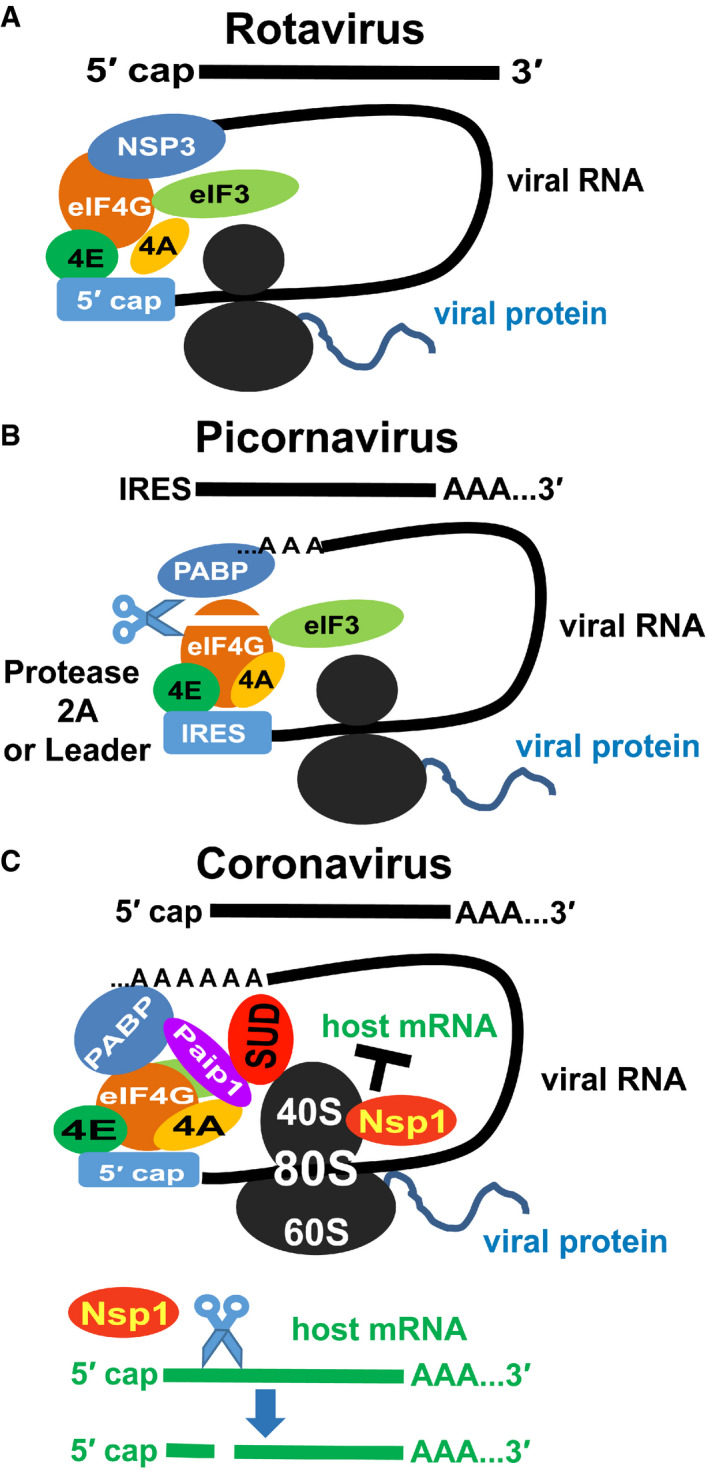Figure 7. Different mechanisms of viruses regulating the host translation system.

- Rotavirus RNAs have a 5′ cap but not a 3′ poly(A) tail. Its NSP3 protein (instead of PABP) binds to the 3′ end of the viral mRNA and interacts with eIF‐4G directly to maintain the closed‐loop RNA for the initiation of viral RNA translation and to block host mRNA circularization (Piron et al, 1998).
- Picornavirus RNA has an internal ribosome entry site (IRES) in the 5′ untranslated region and a 3′ poly(A) tail. Viral protease (2A or leader) digests eIF‐4G. The truncated eIF‐4G shows higher efficiency in the IRES‐driven translation than the cap‐dependent translation (Ohlmann et al, 1995; Ali et al, 2001).
- Coronavirus RNAs have a 5′ cap and a 3′ poly(A) tail. In our model, SUD associates with the 40S/80S ribosome and enhances the PABP:Paip1 interaction to stimulate the host translation machinery. Meanwhile, coronaviral Nsp1 specifically cleaves host mRNAs (green) but not viral RNAs (Kamitani et al, 2006; Huang et al, 2011). Also, viral Nsp1 blocks host mRNA binding to the 40S ribosome. As a result, SARS‐CoV could increase the viral RNA translation but inhibit host mRNA translation.
